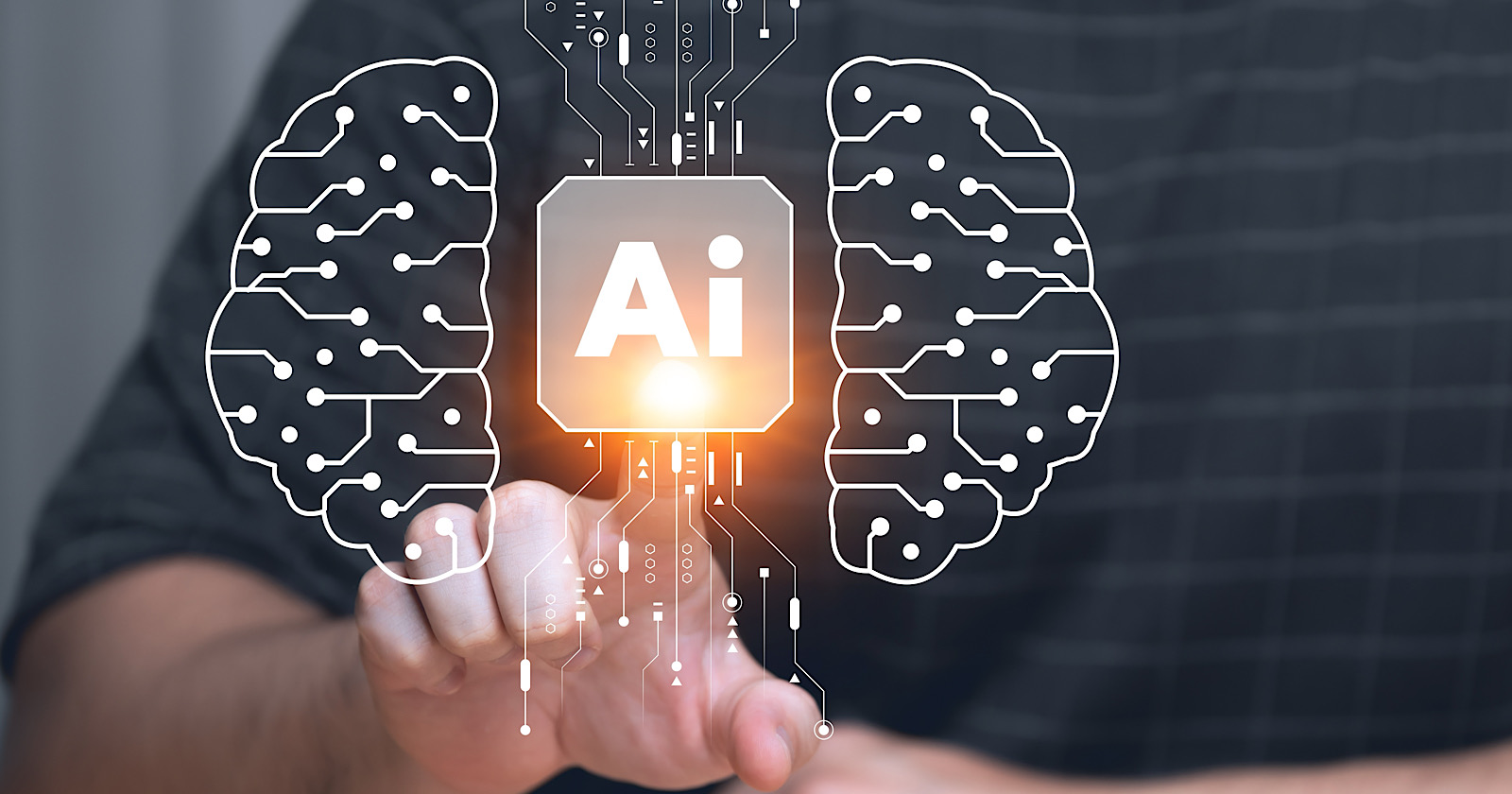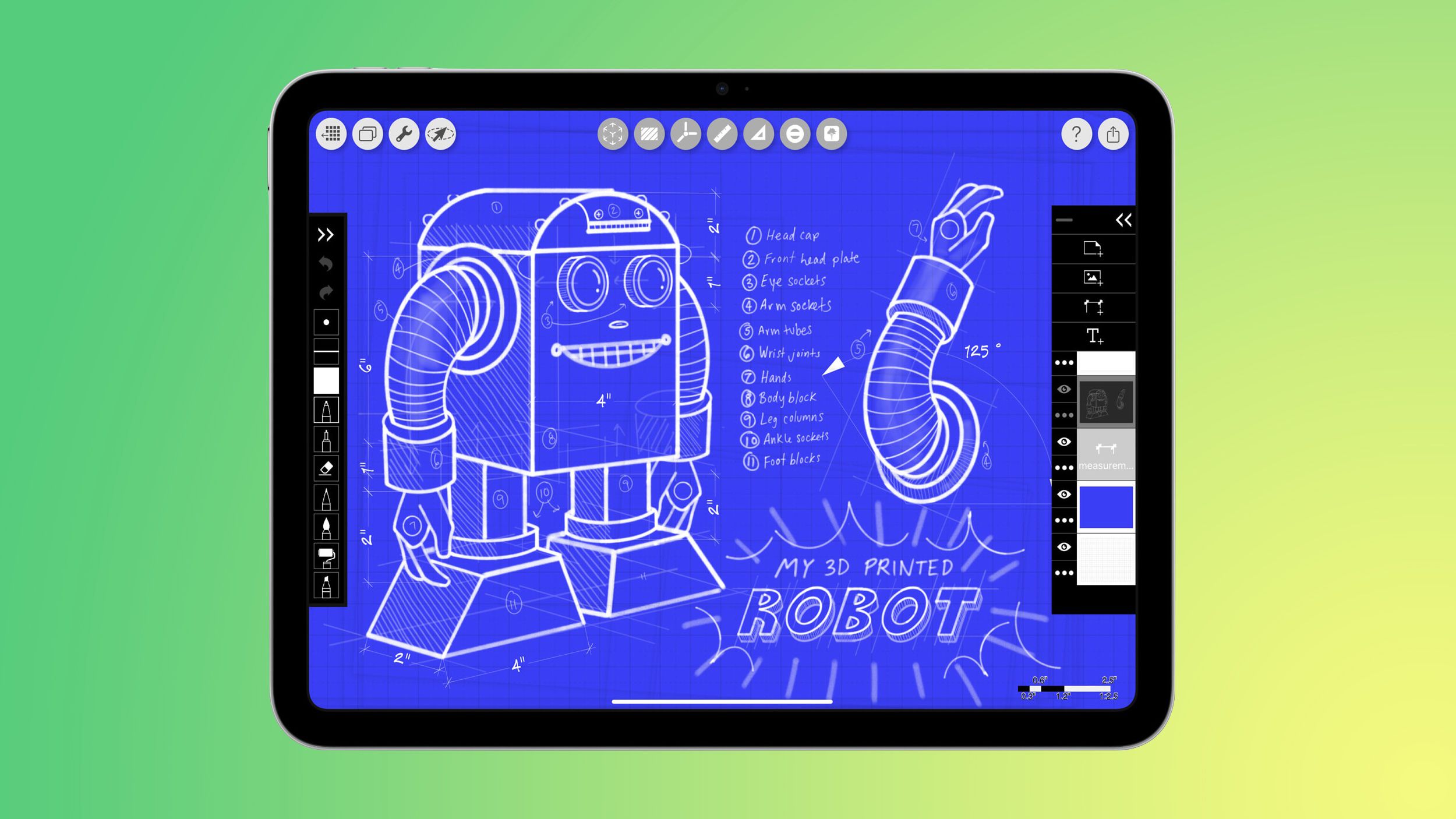MIT and Collaborators Develop New Method to Enhance AI-Generated Code Accuracy

In an era where artificial intelligence (AI) is revolutionizing multiple industries, the integration of AI models into coding practices has gained significant traction. Many developers are increasingly turning to AI coding assistants for support. However, there are growing concerns about the challenges that arise from this dependence, specifically regarding the accuracy and reliability of AI-generated code.
In response to these issues, a collaborative team of researchers from prestigious institutions including the Massachusetts Institute of Technology (MIT), McGill University, ETH Zurich, Johns Hopkins University, Yale University, and the Mila-Quebec Artificial Intelligence Institute has devised a groundbreaking method aimed at improving the accuracy and utility of AI-generated code. This innovative approach is versatile, spanning multiple programming languages and guiding large language models (LLMs) to comply with the specific rules inherent to each language.
The research team discovered that by employing new sampling methods, they could steer AI models to adhere to programming language rules more effectively. The findings suggest that this method can enhance the performance of smaller language models (SLMs)typically utilized for code generationsurpassing the capabilities of their larger counterparts.
According to the paper published by the researchers, they utilized a technique known as Sequential Monte Carlo (SMC) to address a variety of complex semantic parsing challenges. SMC is a collection of algorithms designed to solve filtering problems, making it particularly suitable for guiding code generation through both static and dynamic analysis.
Joo Loula, one of the co-lead authors of the paper, commented in an interview with MITs campus newspaper that this new method has the potential to significantly bolster programming assistants, facilitate AI-driven data analysis, and aid tools for scientific discovery. Additionally, it can potentially reduce computational costs while proving to be more efficient than traditional reranking methods.
Despite the remarkable power of AI-generated code, the researchers acknowledged that it often produces outputs that disregard the semantic rules essential to programming languages. Previous methods aimed at mitigating these issues could either warp the models or require excessive time to implement.
The teams innovative method ensures that LLMs strictly follow programming language rules by eliminating code outputs that are likely to be invalid early in the generation process. This proactive approach allows the model to focus its resources on outputs that are more likely to be both valid and accurate.
Furthermore, the architecture designed by the researchers adapts SMC for code generation, taking into account various syntactic and semantic constraints that often complicate this process. They noted, Unlike many previous frameworks for constrained decoding, our algorithm can integrate constraints that cannot be incrementally evaluated over the entire token vocabulary, as well as constraints that can only be evaluated at irregular intervals during generation.
Key features of their SMC adaptation include a proposal distribution that guides token-by-token sampling through inexpensive constraints, important weights that rectify biases, and a resampling process that reallocates computational resources toward more promising partial generations.
While SMC significantly enhances the accuracy of code generation, the researchers also recognized some limitations. They pointed out that while importance sampling addresses several local decoding shortcomings, it still has a substantial flaw: weight corrections and costly potentials are not integrated until a complete sequence has been generated from the proposal. Often, crucial information about whether a sequence can meet a constraint is available much earlier and could help avoid unnecessary computations.
To validate their hypothesis, Loula and his team conducted a series of experiments to assess the effectiveness of SMC in producing more accurate code. These experiments included:
- Python Code Generation for Data Science tasks, which utilized the Llama 3 70B model to code line-by-line and evaluate initial iterations.
- Text-to-SQL Generation using Llama 3 8B-Instruct.
- Goal Inference in Planning Tasks to predict an agents goal condition, also leveraging Llama 3 8B.
- Molecular Synthesis aimed at drug discovery.
The results were promising: the application of SMC not only improved the performance of small language models but also enhanced overall accuracy and robustness, outperforming larger models in various coding tasks.
This development is particularly significant as AI models have increasingly enabled engineers and coders to perform their tasks more swiftly and efficiently. The rise of AI has even given birth to a new category of software developers known as "vibe coders." However, concerns about code quality, the ability to support more complex coding tasks, and the computing costs associated with generating even simple code remain prevalent.
The introduction of innovative methods like SMC could potentially make AI-powered coding more reliable and allow engineers to place greater trust in the code produced by these advanced models. Companies such as Together AI and Agentica have also explored ways to enhance AI-generated code, with Together AI recently launching DeepCoder-14B, which operates with fewer parameters. Additionally, Google has made strides to enhance its Code Assist feature, aiming to bolster code quality further.



























